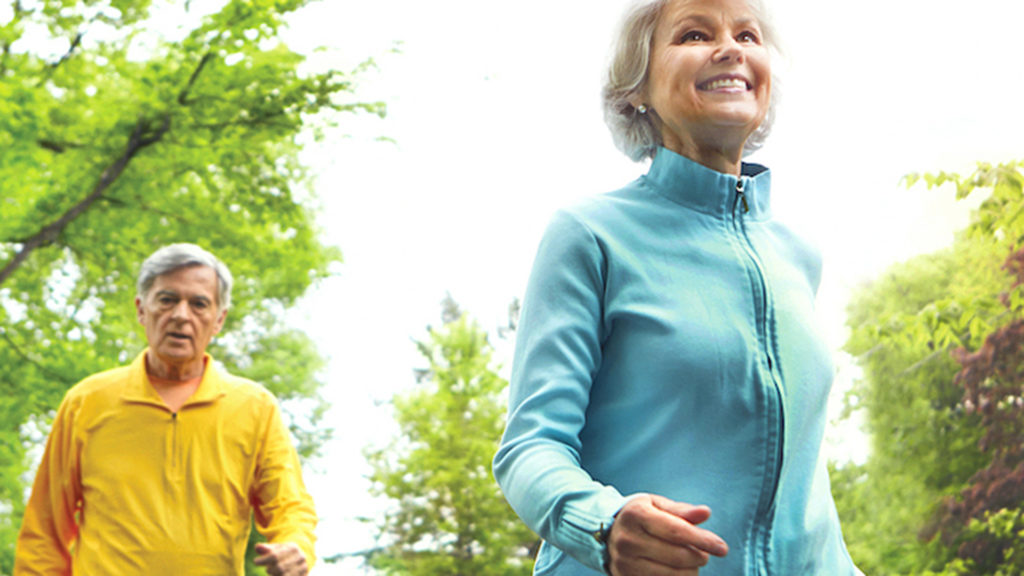Exercising with Arthritis

It is always important to stay active to best of your ability, even for those with arthritis. A 2016 study in Arthritis Care and Research found that just 45 minutes of exercise a week can help physical function in people with osteoarthritis, the most common form of arthritis.
In fact, those who exercise 45 minutes or more each week are 80% more likely to maintain or even improve their physical function. Strengthening your muscles will also reduce stress around your joints.
Always remember to talk to your doctor or physical therapist before beginning new exercises to help determine which exercises will help you most and to find out which ones you should avoid.
Below are some general guidelines from SilverSneakers to keep yourself fit without complications due to arthritis.
DO
Switch It Up: Do a mix of cardio, strength and mobility exercises.
- Cardio exercise can include water exercises, cycling, dancing or brisk walking or jogging (if your joints can handle it).
- Strength exercises can be done using your body weight, resistance bands, free weights or strength machines. There is a lot of variety!
- Mobility exercises include yoga and stretching.
Gradually Increase Impact: Just because you have arthritis does not mean you need to avoid high-impact activities like jumping on and off a step or running, but it does mean you need to slowly incorporate it. Start with low-impact exercises and, after you feel comfortable, start working in higher-impact ones.
- Low-impact exercises include swimming, cycling, using the elliptical and walking.
- High-impact exercises include jumping and running.
Use Pain as Your Guide: Your body knows its limits. According to Dr. Brandon Erickson, an orthopedic surgeon at Rothman Orthopaedic Institute in New York, if you experience any joint pain during a workout, immediately stop what you are doing. You can treat joint swelling with ice (rotating 20 minutes on afflicted area and then 20 minutes off) and limited use of an anti-inflammatory medication such as ibuprofen.
- You can ease back into exercise after pain and swelling subside.
DO NOT
Rush Into High-Intensity Exercise: You might have heard of HIIT exercises that are becoming more and more popular. Unfortunately this can be bad for those with arthritis. It is okay to work up a sweat, but start slow and work your way up. You can add intensity the more comfortable you get. Aim for an eight out of 10 in effort during your workouts.
Treat All Arthritis the Same: While knee arthritis is more common, this does not mean everyone with the same type of arthritis is affected the same. Arthritis can also affect the spine, hips, shoulders or other joints. Figure out which of your joints have arthritis and tailor your workouts around it.
- For example, high-impact exercises, walking on an incline and leg extensions are all exercises that commonly aggravate more advanced cases of knee and hip arthritis, but they do not have any effect on arthritis of the shoulder.




